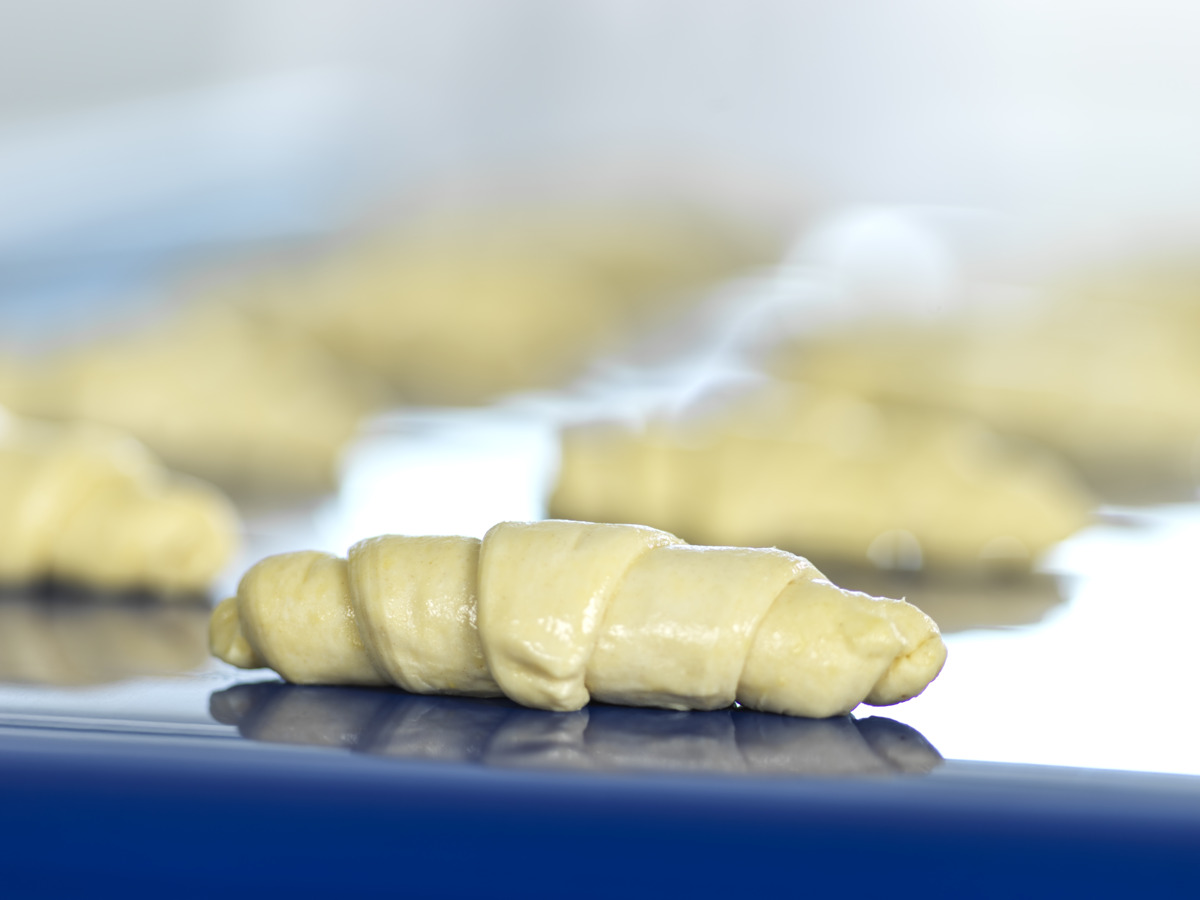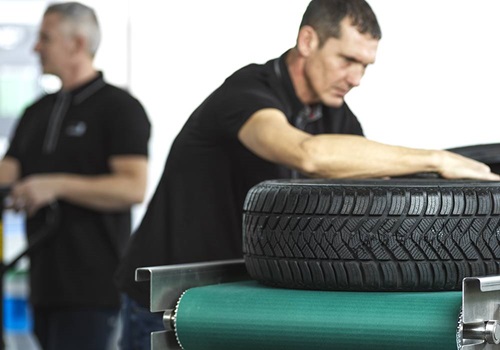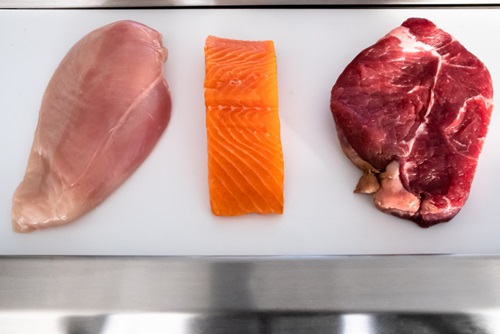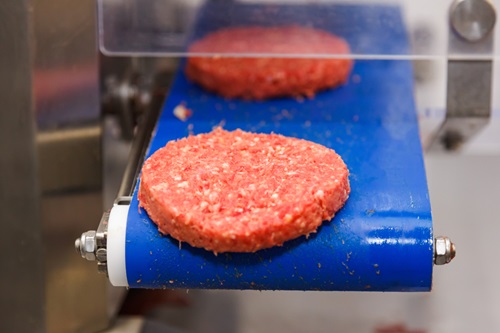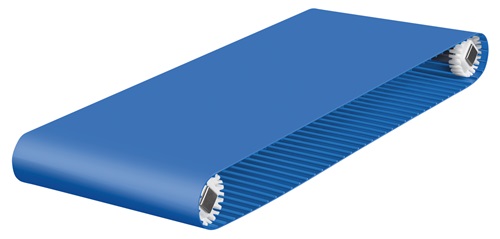Nastri trasportatori TPU monolitici rinforzati in aramide
I nastri trasportatori TPU monolitici rinforzati in aramide Habasit Cleandrive sono rinomati in tutto il mondo per le loro prestazioni in termini di sicurezza e igiene nella lavorazione degli alimenti. Tra i loro vantaggi significativi si annoverano una superficie uniforme senza avvallamenti e cavi in aramide incorporati che garantiscono la vera lunghezza del nastro senza deformazione. L'avanzata tecnologia e il design dei nastri rispondono ai più severi requisiti igienici, garantendo prestazioni eccezionali, affidabilità e convenienza.
I nastri Habasit Cleandrive riducono il lavoro di progettazione necessario per la realizzazione di un trasportatore. Il design del nastro a tensione zero elimina la necessità di uno speciale innesto attivo della puleggia anti-scorrimento, per cui riduce la complessità e i costi e prolunga la vita utile del nastro grazie alla minore abrasione. Il materiale TPU di alta qualità garantisce una straordinaria resistenza ad attacchi microbiologici e all'idrolisi. La superficie liscia chiusa dei nastri è essenziale per le applicazioni in ambienti umidi.
Design del nastro
I nastri trasportatori Habasit Cleandrive hanno una struttura flessibile ma robusta che consente di utilizzare pulegge di diametro ridotto. In questo modo si riducono al minimo i danni al prodotto e le perdite di prodotto durante il trasferimento e migliora la resa di lavorazione.
Il design igienico svolge un ruolo sempre più importante in termini di sicurezza alimentare. Le forme arrotondate e lisce semplificano la rimozione dei residui di cibo, anche sul lato posteriore del nastro.
Il nostro processo di produzione brevettato ci consente di produrre nastri Cleandrive completamente privi di avvallamenti. Ciò consente di aumentare l'efficienza del raschiatore in modo da rimuovere i residui presenti sulla superficie del nastro.
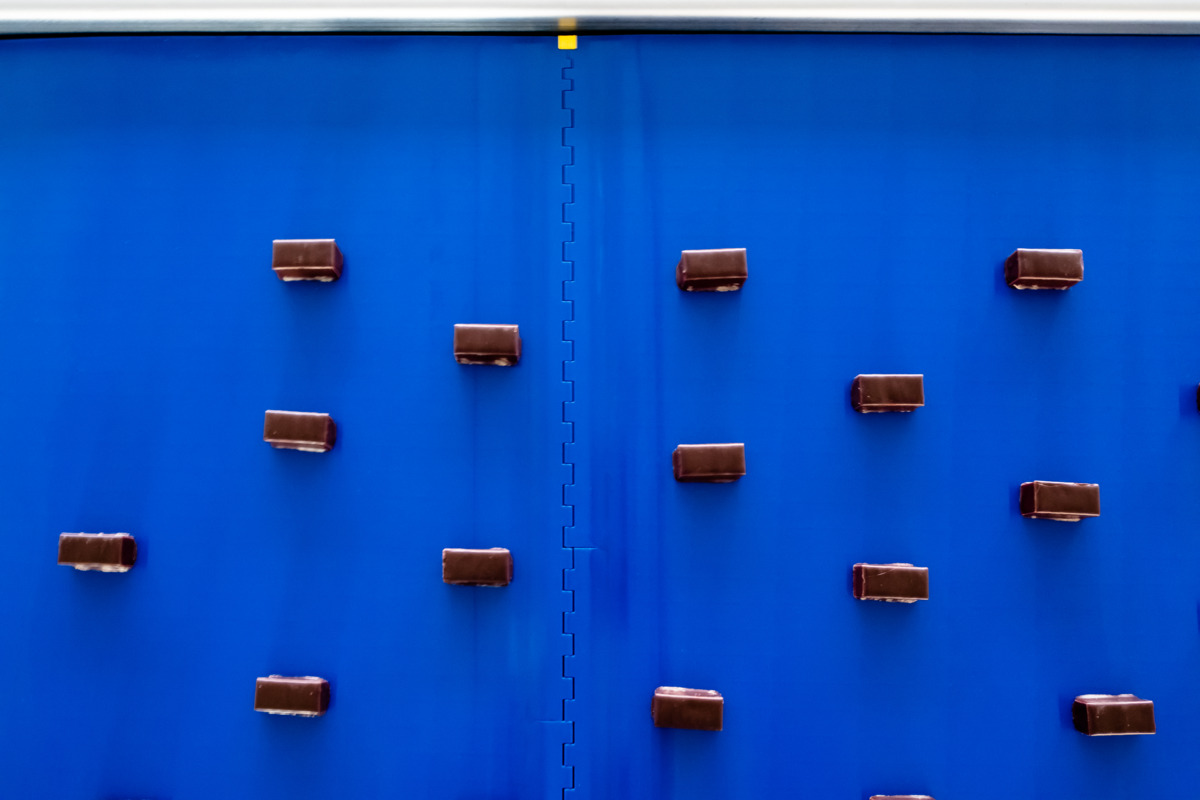
Sfogliate la vasta selezione di nastri Habasit, accessori e componenti per trasportatori
Scoprite i nastri Cleandrive Habasit
Nastri a trasmissione positiva
Il design dei nastri Cleandrive Habasit include un rinforzo con cavo in aramide per maggiore stabilità dimensionale. Ciò consente un innesto continuo e affidabile del pignone, che riduce l'usura, la manutenzione e i tempi di fermo del nastro.
L'assenza di tensione significa che non sono necessarie forze aggiuntive oltre alla tensione fornita dal peso del nastro per mantenere le barre di trasmissione correttamente inserite all'interno dei rocchetti.
Tecnologia
I nastri con trasmissione positiva sono caratterizzati dall'azionamento ad ingaggio positivo, con barre di trasmissione o denti posizionati su tutta la larghezza del nastro secondo un determinato passo, o con lugs. I Lugs sono barre di trasmissione interrotte trasversalmente, posizionate a passo fisso lungo il lato longitudinale del nastro per consentire l'autoallineamento.
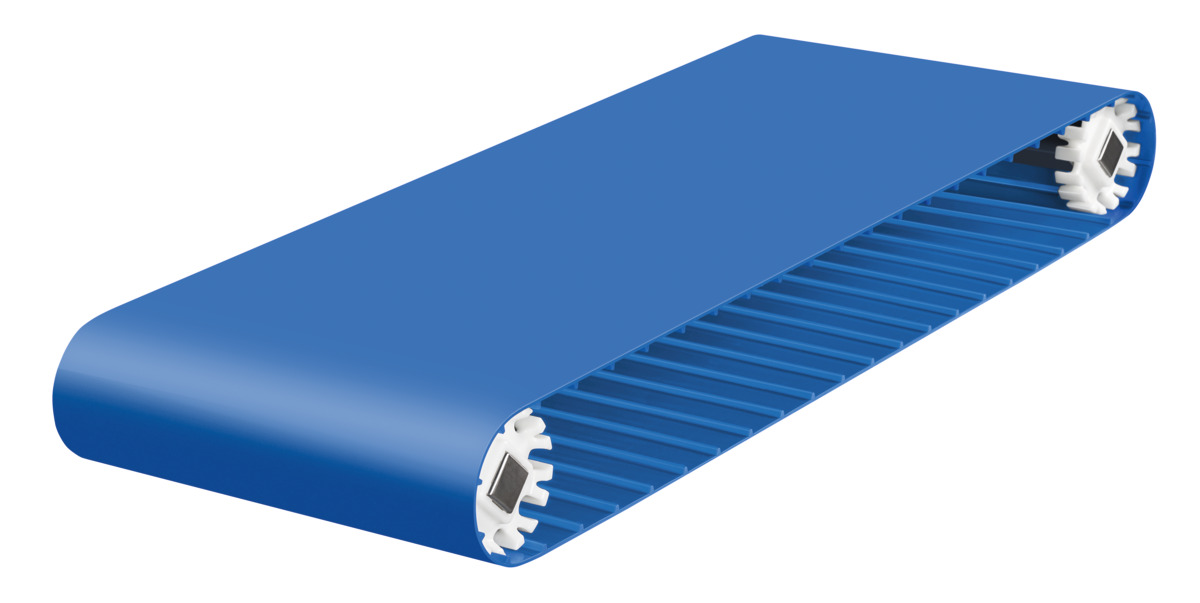

Nastri trasmissione ad attrito
La struttura flessibile e robusta è adatta a pulegge di diametro ridotto, riducendo così al minimo i danni al prodotto e le perdite nei trasferimenti.
Tecnologia
Con i nastri a trasmissione ad attrito non vi è alcun innesto positivo con la puleggia motrice. La puleggia trasferisce la forza trainante dal motore al nastro, mentre l'attrito tra la puleggia e la superficie del nastro assicura la trasmissione di potenza.
Quali sono le novità?
Download
